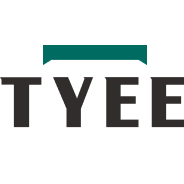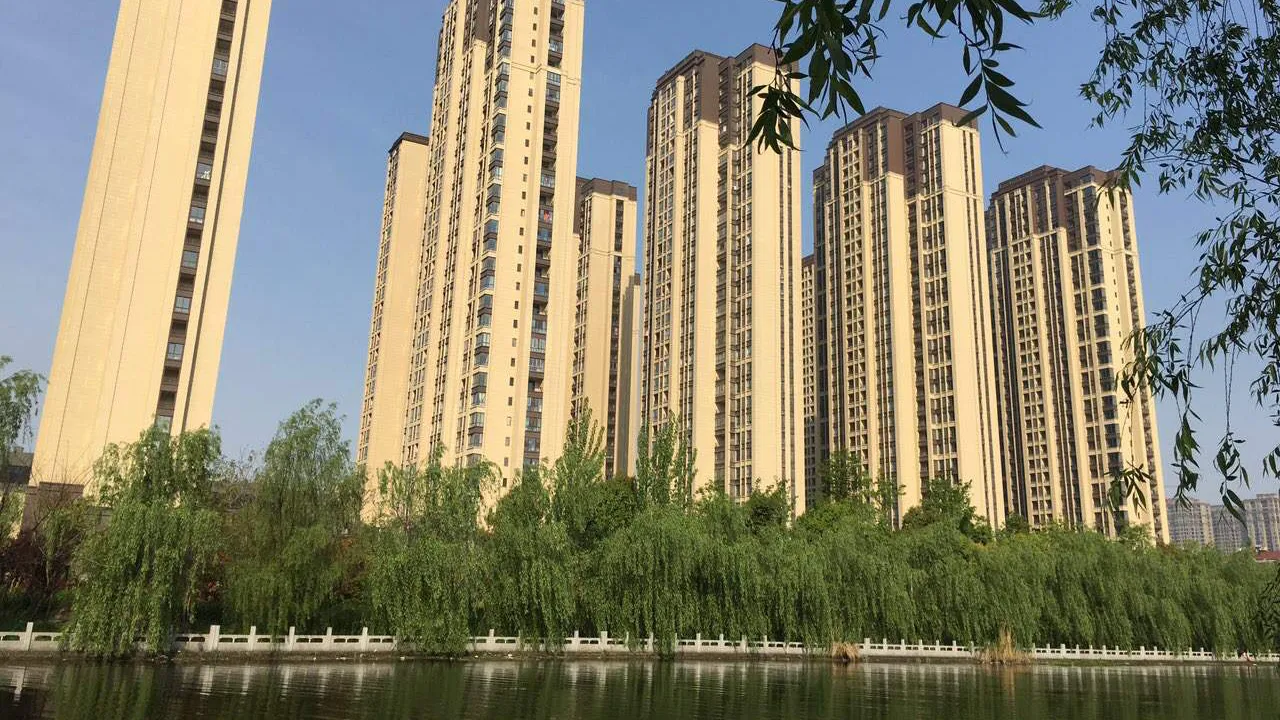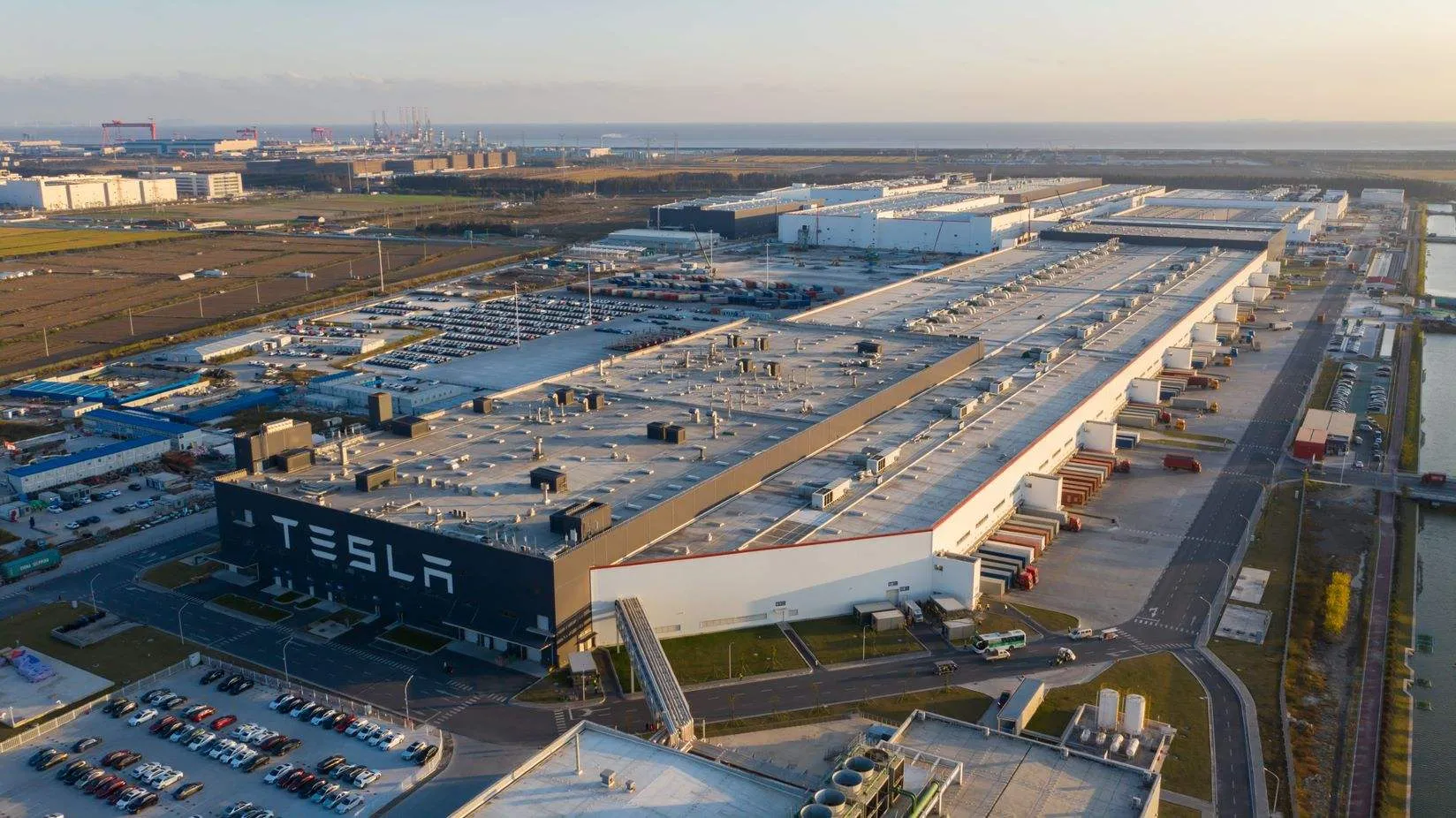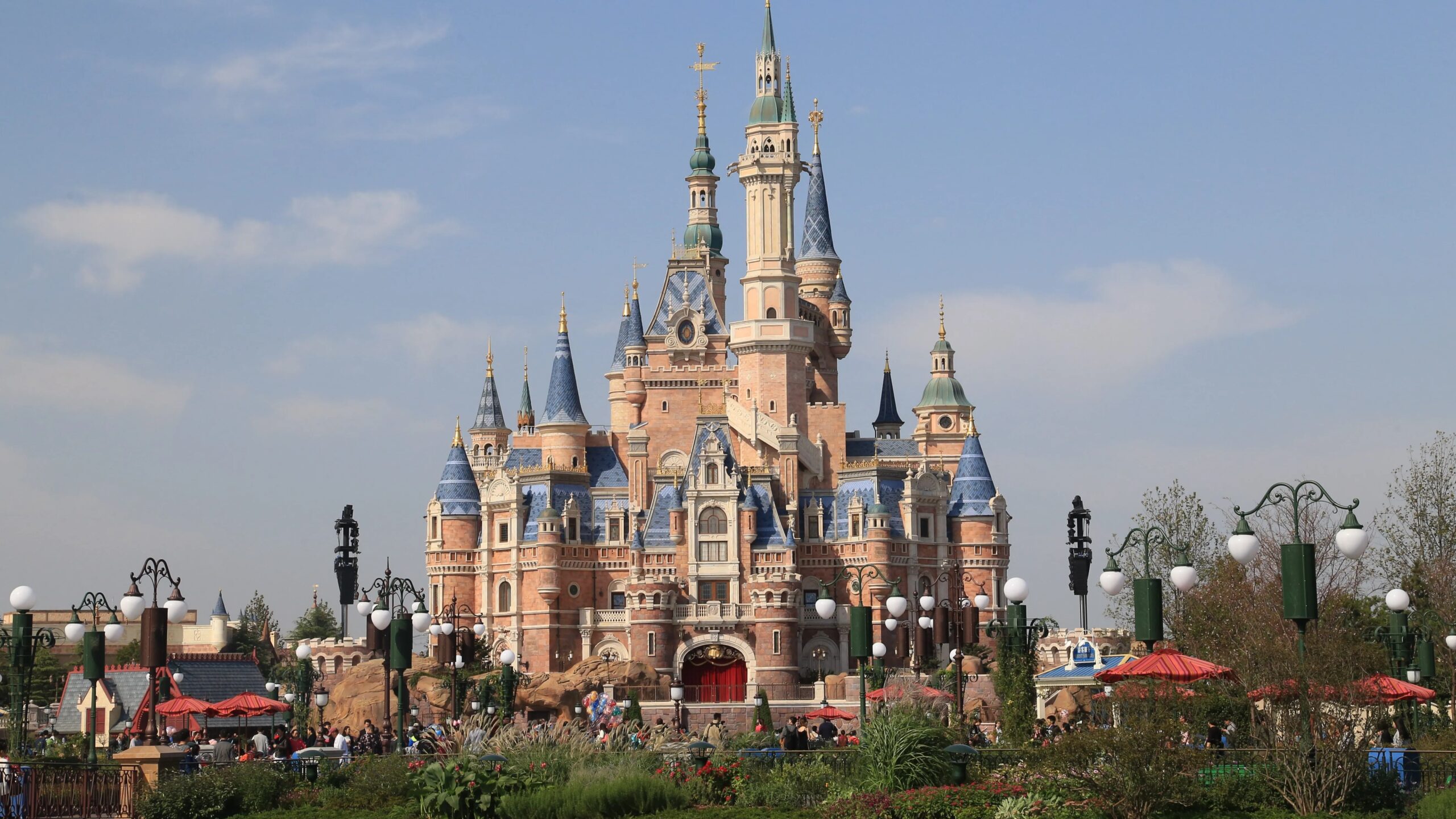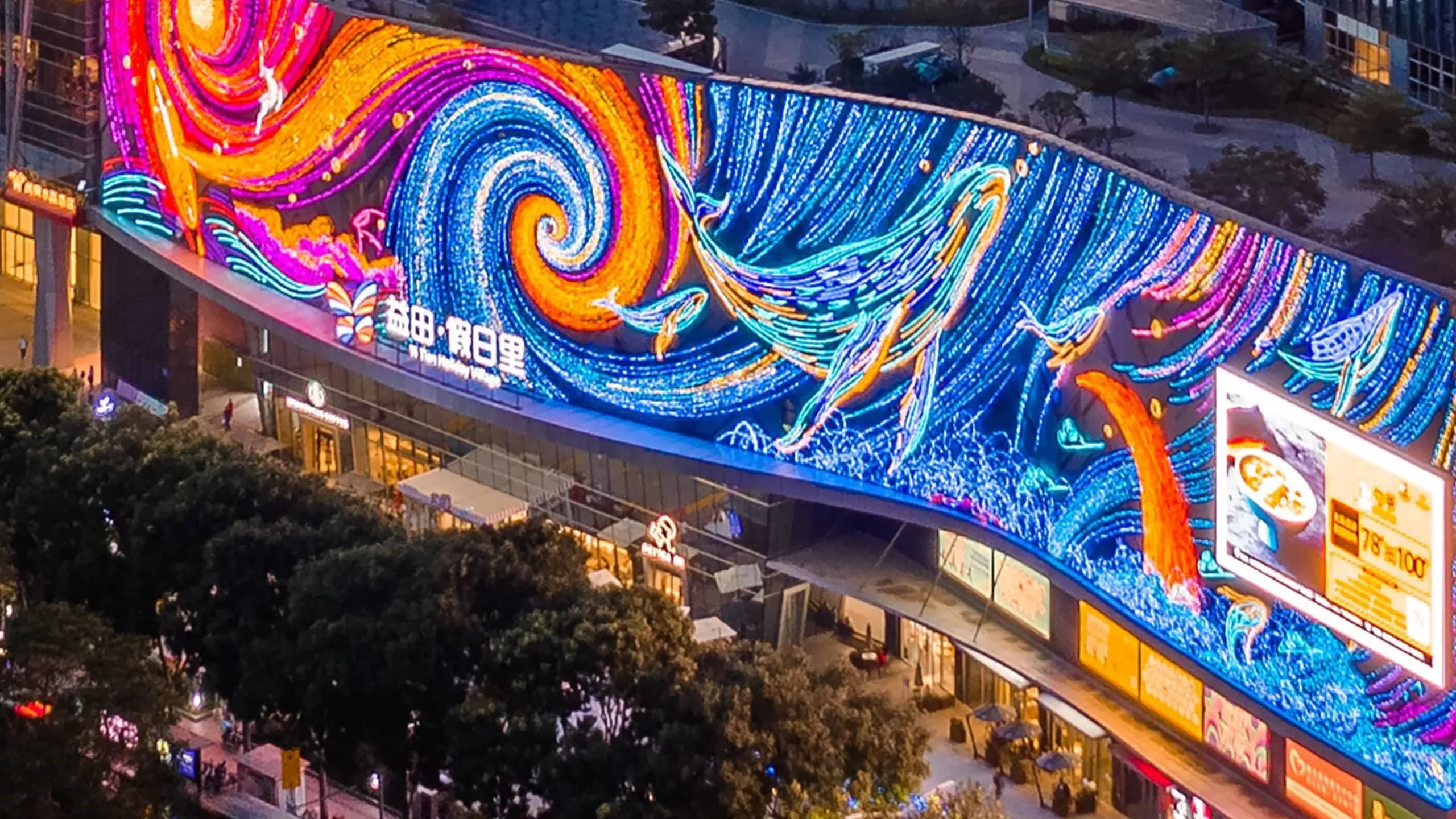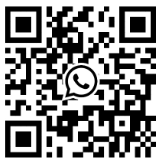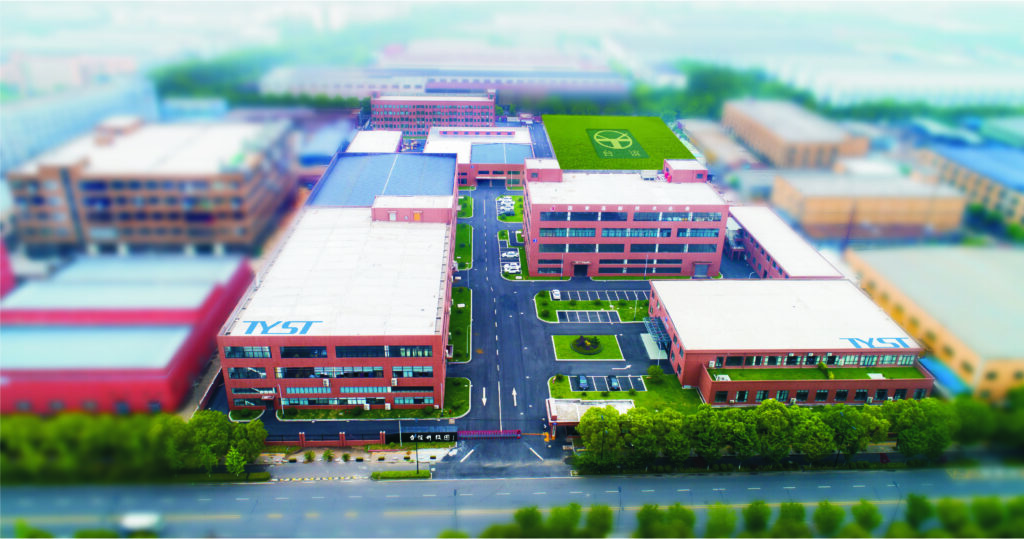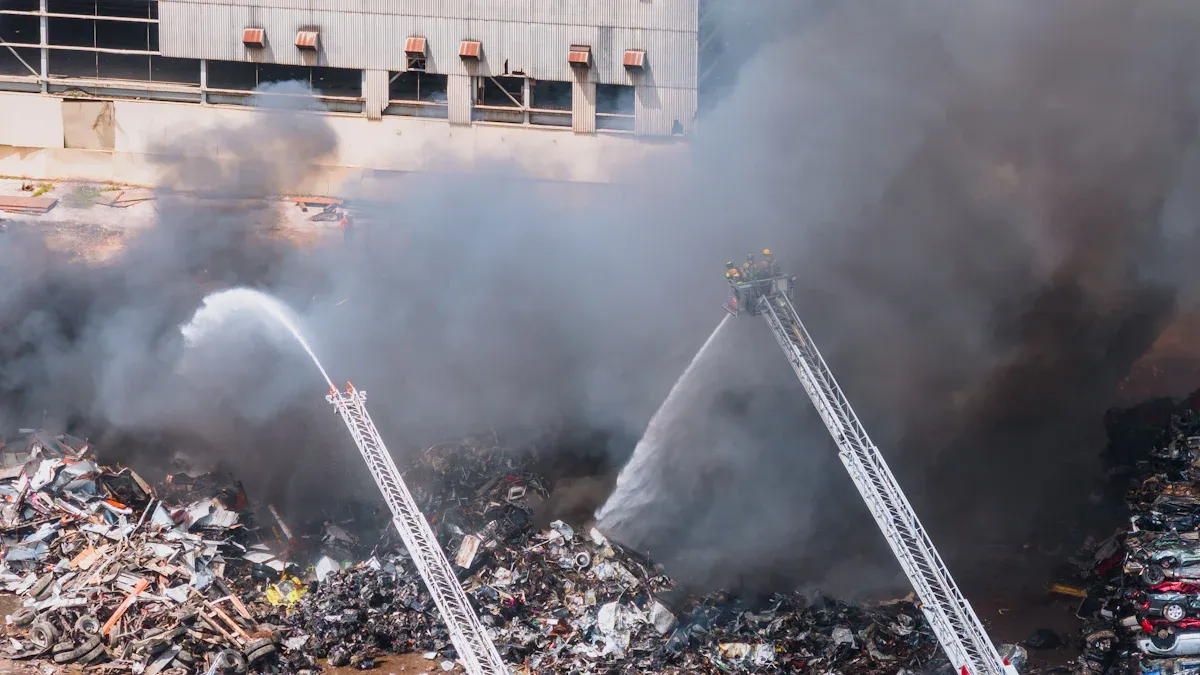
Factories in developing regions face serious fire risks. Fires can spread quickly and cause severe harm, often because of bad wiring, flammable materials, weak buildings, and limited firefighting equipment. For example, a fire at Hashim Food Ltd. in Rupganj, Bangladesh in July 2021 killed at least 52 people, and a chemical factory fire in Anyang, China in November 2022 resulted in 38 deaths.
Common challenges include unsafe building practices, lack of proper fire systems, and weak enforcement of safety regulations. Good solutions are essential—brands like TYEE provide tailored risk assessments and advanced safety systems to help factories protect both people and property. Continuous improvement and regular safety checks are key to reducing risks and keeping factories safe.
Key Takeaways
Factories in developing regions have many fire dangers. Bad wiring, flammable materials, and weak buildings are some risks. These problems need attention every day.
Checking for risks often helps stop fires. Storing things the right way is important. Good fire prevention systems protect workers and property.
Training workers helps them know what to do. Fire drills make people feel ready. They help everyone act fast and safe in emergencies.
Smart fire safety tools help a lot. Tyee’s emergency lighting and gas alarms find danger early. They help people leave safely.
Fire safety plans should fit local needs. Working with experts and the community helps. This makes factories safer and stronger.
Fire Safety Challenges in Developing Regions
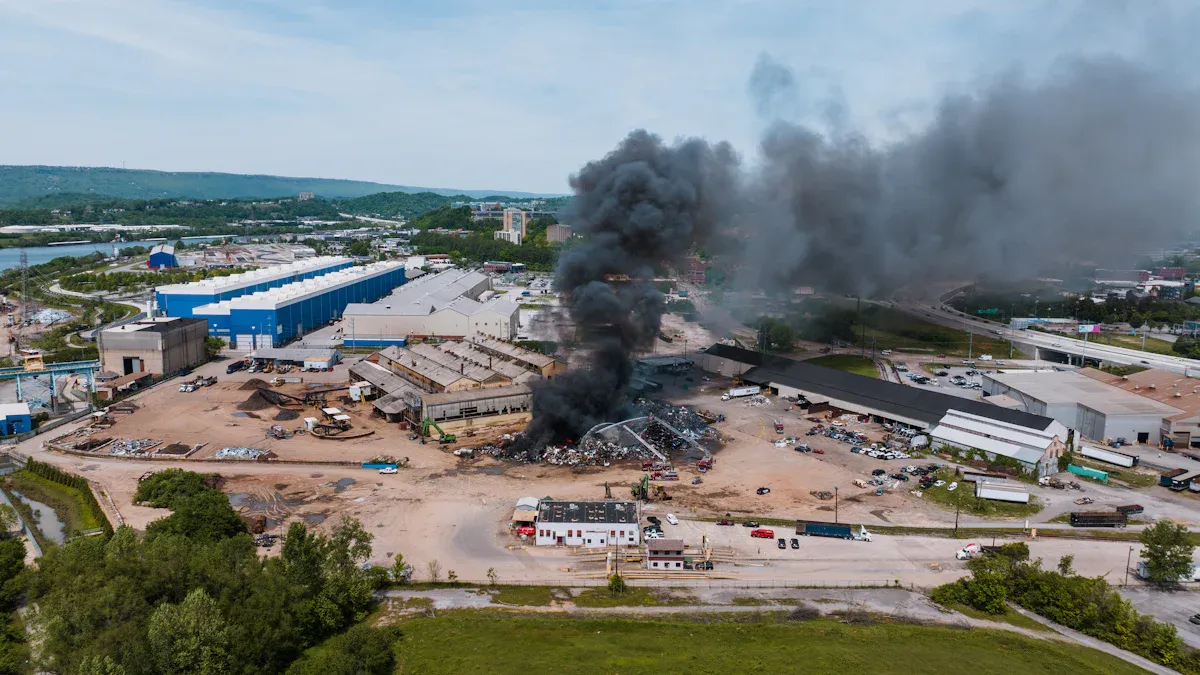
Common Hazards
Factories in developing regions have many fire dangers. These dangers can make fires start and spread fast.
Electrical equipment can have wires showing or too many things plugged in. This can make sparks or cause a short.
Lights might be put in the wrong way or too close to things that burn.
Factories use things like dust, dyes, chemicals, and metals. If you do not store them right, they can catch fire easily.
Hot work, like welding or soldering, makes sparks that can light things on fire.
Flammable liquids and gases, like propane or natural gas, must be handled and stored with care.
Other dangers are:
Using electrical tools or outlets the wrong way
Spilling oil or bad fluids
Machines or forklifts breaking down
Fire Hazard Category | Description and Examples |
|---|---|
Propane, butane, and other things used in factories; need safe storage to stop fires and explosions. | |
Electrical Malfunctions | Wires showing, too many things plugged in, broken equipment; need regular checks and fixes. |
Combustible Dusts | Dust from wood, metal, or chemicals; can blow up if not cleaned up. |
Hot Work | Welding, heating, soldering; sparks can start fires. |
Equipment and Machinery | Broken vehicles or tools; need regular care. |
You should watch out for these dangers every day. Cleaning often, storing things safely, and learning what to do help stop fires. Fire Safety Challenges get worse if you skip these steps.
Infrastructure Gaps
Many factories in these places have weak buildings. You might see old buildings with bad wiring or no fire alarms. Some factories do not have enough fire exits or lights for emergencies. Small factories may not fix these problems because it costs too much or is hard to do.
Sometimes, fire protection systems are missing or do not work. You may not have enough water or tools to fight fires. People may not fix things because they do not know how or want to save money. These problems make Fire Safety Challenges harder.
Cities are growing fast, and this causes more trouble. Factories are built close together in crowded places. Streets are narrow, so fire trucks cannot get there fast. Better planning and more money are needed to fix these problems.
Tip: Always check your fire safety tools and keep exits open. Small actions can save lives.
Regulatory Issues
There are many rules about fire safety, but they are not always followed. Some factories work without the right papers or checks. The people who make sure rules are followed may not have enough workers or tools. Sometimes, rules are hard to understand or mix with other laws.
You may not have enough water or tools to fight fires. Traffic can slow down help from getting to the fire. In some places, people do not know much about fire safety or do not think it is important. This makes it hard to follow the rules.
As cities grow, these Fire Safety Challenges get worse. More factories open, but not all follow the rules. You need clear rules, better training, and good teamwork between the government, bosses, and workers. Fire drills and learning about fire safety help keep everyone safe.
Risk Assessment and Audit
Site Evaluation
Start by checking your factory to keep it safe from fires. Walk around and look for things that might start a fire. Use a checklist to find problems like bad wires, hot machines, or flammable stuff in the wrong spot. Think about who could get hurt, like workers near machines, visitors, or people working late.
Here is an easy way to do this:
See who might get hurt if there is a fire.
Choose ways to lower risk, like adding fire extinguishers or using fire-resistant things.
Write down what you find and make a plan to fix it.
Check your plan often, especially after changes or accidents.
Tip: Always keep exits open and check fire alarms. Regular checks help you find problems early.
Hazard Identification
You need to know what dangers are in your factory. Use checklists and job hazard analysis to find risks. Ask your workers for help because they see problems every day. New technology can help too. AI-powered monitoring and wearable safety devices can find hazards fast.
Some good ways to do this are:
Look into accidents and find out why they happened.
Study jobs to see which ones are risky.
Inspect your workplace and do audits to find hidden dangers.
Use digital systems and smart sensors for quick alerts.
Hazard Identification Tool | How It Helps You Stay Safe |
|---|---|
Checklists | Find common risks |
AI Monitoring | Spot hazards right away |
Employee Feedback | Find problems others do not see |
Safety Audits | Check all safety steps |
Professional Input
You can make your fire safety better by working with professional consultants. These experts know how to find risks and give advice to fix them. They meet with you, walk through your factory, and check things like alarms and extinguishers. Consultants also look at your safety records and training plans.
They help you:
Teach your team what to do in emergencies.
Make plans to stop fires before they start.
Make sure you follow local safety laws.
Write down your safety steps and keep records updated.
Note: Getting help from professionals helps you avoid mistakes and keeps your factory safer for everyone.
Fire Prevention Systems and tyee Solutions
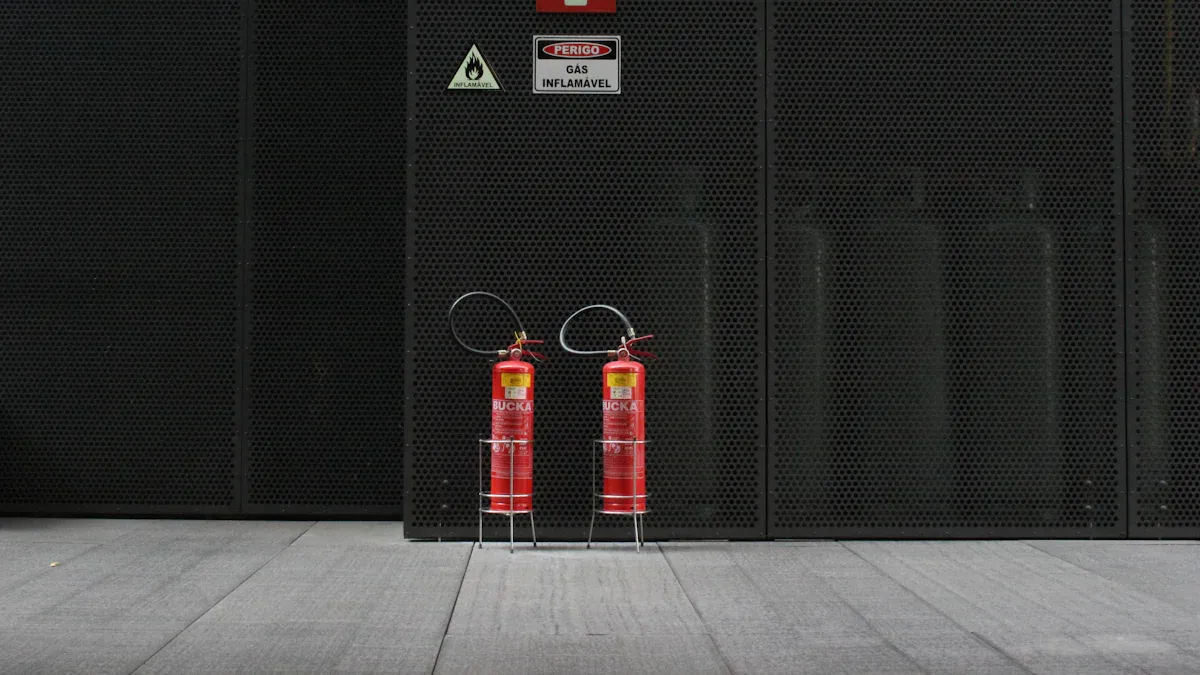
Factories need good fire prevention systems. These systems help keep people and things safe. tyee offers smart solutions for Fire Safety Challenges. Their systems find danger early and help people get out fast. They also help your factory work without problems.
Emergency Lighting and Evacuation Indication System
You need bright lights and clear paths to escape a fire. tyee’s system gives you both. It uses smart tech to guide people out, even if the power fails or smoke is thick.
The system connects with most building management systems. Your fire safety tools work together and share data right away.
You use a web platform to watch devices, get alerts, and control everything.
Strong encryption keeps your system safe from hackers.
The system meets ENEC and CE standards, so it is trusted.
Each light has a battery backup. You get at least 90 minutes of light.
AI route planning links with fire alarms. It shows the safest way out, even if some exits are blocked.
The lights are waterproof and dustproof (IP65). You can use them in tough places.
The system works in cold and hot weather, from -20°C to 55°C.
You can set special escape modes for places like hospitals or malls.
tyee uses strict checks, like SMT tech and laser marking.
Real cases show the system works well in factories.
Description / Validation | |
|---|---|
Bright and reliable illumination | Makes sure you see during power loss or emergencies |
Real-time fire data integration | Guides workers on the safest way out |
Centralized control and monitoring | Finds problems and helps you fix them fast |
IP65 rating | Waterproof and dustproof for hard factory places |
Operating temperature range | Works from -20°C to 55°C, tested by climate simulation |
Battery backup | Gives at least 90 minutes of emergency light |
Corrosion resistance | Passes salt spray tests for long life |
Smart integration | Works with most BMS for real-time data sharing |
AI-based dynamic route planning | Gives smart escape routes linked with fire alarms |
Engineering quality controls | Design checks and tests make sure it is safe |
Certified compliance | CE certified for safety and quality |
When a fire starts, this system lights up safe escape routes. It uses fire data to change the path if needed. In one case, a factory in Shenzhen used tyee’s system. During a fire, the system found smoke, turned on lights, and guided workers out. The factory passed safety checks after.
Emergency lighting and escape systems lower panic and confusion. They help everyone find the exit, even in smoke or dark. Studies show these systems cut escape time by over 5 seconds. They also make escape better by 17.5%. You save lives and follow safety rules with this system.
Combustible Gas Alarm System TY220
Factories use gases that can catch fire. You must find leaks fast to stop explosions. The TY220 Combustible Gas Alarm System helps you do this.
The TY220 uses sensors that are very accurate. It finds natural gas, LPG, methane, biogas, and coal gas.
The alarm reacts in just 0.08 seconds.
You get full coverage, so no spots are missed.
The alarm is loud (over 80dB) and flashes a bright light.
You get alerts by phone, SMS, or WeChat. You know about danger even if you are not there.
The device is easy to put on the wall near gas sources.
It uses AC power and saves energy with a low-power chip.
The case is made of flame-retardant ABS for safety.
The system checks itself and shows status with LED lights.
Each unit has insurance for peace of mind.
You get clear steps for setup, care, and testing.
With the TY220, you find gas leaks before they get bad. Fast alerts help you act quickly and keep people safe.
Fire Alarm Controller
You need a main control for your fire safety system. The fire alarm controller does this job. It watches for danger, sends alerts, and helps you handle emergencies.
The controller gets signals from smoke detectors, heat sensors, and manual call points. It shows if the system is normal, has trouble, or is in alarm. When it finds fire, it sets off alarms, horns, and strobes to warn people. The controller splits your factory into zones. This helps you find the fire fast and send help where needed.
You can use the controller for fire drills. It can send alerts to fire brigades. The system can turn off HVAC and unlock exits during a fire. You always see your factory’s safety status. This helps you act fast and lower damage.
Non-addressable Fire Alarm System
Some factories need simple and cheap fire alarm systems. The non-addressable fire alarm system is a good choice. It watches zones, not each device.
The system uses smoke detectors, heat detectors, and manual call points to set off alarms.
You can pull a manual station to sound the alarm and start escape.
Smoke detectors use ionization or photoelectric ways to find smoke.
Heat detectors spot temperature rises.
The fire alarm panel shows if the system is normal, in alarm, or has trouble.
Non-polarity wiring makes setup and care easier.
The interface is simple. Your staff can use it with little training.
The system works in tough places (from -10℃ to +45℃, humidity up to 95%).
Backup power keeps the system on during outages.
Alarms go off by zone, so you know where to check.
Role in Operation | |
|---|---|
Fire Alarm Controller | Watches zones, shows alarms, controls the system without device IDs. |
Smoke Sensor | Finds smoke and sets off alarms automatically. |
Heat Detector | Spots heat rise, good where smoke may not show. |
Manual Call Point | Lets people set off alarms for quick response. |
Sounder Strobe | Makes loud sounds (up to 120 dB) and bright lights for warning. |
Non-addressable systems work well in developing regions. They are simple, strong, and cost less than complex systems. You can use them in factories with basic layouts. These systems help you follow safety rules and protect workers from fire dangers.
Tip: Pick the best fire prevention system for your factory. tyee has solutions for every size and type of place. You can solve Fire Safety Challenges and keep your workplace safe.
Workforce Training and Safety Culture
Employee Training
You play a key role in keeping your factory safe from fire. Good training helps you spot dangers and know what to do if a fire starts. You should get training that matches the risks in your workplace. This makes the lessons useful and easy to remember.
Learn about the fire hazards in your factory, such as faulty wires, flammable liquids, and dust.
Take part in training that shows you how to use fire extinguishers and alarms.
Practice what to do if you see smoke or fire. Know when to fight a fire and when to leave.
Use online courses if you need flexible learning times.
Review your training often. New rules and better ways to stay safe come out every year.
Track your progress and ask questions if you do not understand something.
Work with your team to build an Emergency Action Plan. This plan should show escape routes, meeting spots, and who to call.
Tip: Training works best when you practice often and update your skills.
Fire Drills
Fire drills help you get ready for real emergencies. When you practice, you learn the fastest way out and what your job is during a fire. Drills also show if your escape routes are clear and if alarms work.
You become more confident and less likely to panic.
Drills help you find problems, like blocked exits or broken alarms.
Your team learns to work together and follow the plan.
Regular drills help you meet safety laws and keep your factory running after an emergency.
Benefit | How It Helps You |
|---|---|
Faster Evacuation | You leave the building quickly |
Clear Roles | You know what to do |
Better Teamwork | Everyone helps each other |
More Confidence | You feel ready for emergencies |
Fire drills cut escape times and make everyone safer. Factories that drill often see fewer injuries and less damage.
Safety Awareness
You need to stay alert to fire dangers every day. Safety awareness training teaches you how to spot risks and act fast. When you know what to look for, you can stop fires before they start.
Scenario-based training lets you practice real-life situations. You learn how to use fire extinguishers, follow escape routes, and help others. Virtual drills and hands-on lessons make you more confident and less likely to panic.
A strong safety culture grows when you and your team talk about hazards and share ideas. Management support and regular feedback help you keep learning. When everyone cares about safety, fire incidents go down and your workplace stays safe.
Remember: Safety is everyone’s job. Stay aware, speak up, and help your team prevent fires.
Fire Safety Insights from Africa for Developing Regions
Project Background & Challenges
You can learn many things from fire safety projects in Africa. Many factories there have big problems. Old buildings make fire safety harder. Bad weather also causes trouble. Factories often do not have enough power or water. Some are far away from cities. You must keep equipment and inventory safe. Early fire detection is very important. Local rules ask for strong safety steps. You need solutions that fit these special places.
In Africa, fire safety systems must match local needs. You cannot use plans from other countries without changes. You must think about the people and the land. You also need to know how factories work there.
Solution Deployment & Workforce Training
African factories use smart fire safety tools to protect workers and property. You see fiber optic heat detectors with IoT and smart sensors. These tools send alerts right away and work in tough places. Solar-powered flame detectors help in remote spots. You do not need outside power. This saves energy and makes setup easy.
Fiber optic heat detectors find fires fast and are very accurate.
IoT systems let you watch fire risks from anywhere.
Solar-powered detectors work even if the power goes out.
Training workers is very important. You join fire drills and safety lessons often. Trainers show you how to spot dangers and use fire extinguishers. You learn how to find emergency exits. Lessons are hands-on and interactive. Training teaches you about fire hazards, emergency steps, and safety laws. You get certificates and feel ready to act in emergencies.
Fire Safety Solution | Benefit for You |
|---|---|
Fiber optic heat detectors | Find fires early |
IoT-enabled monitoring | Get alerts right away |
Solar-powered flame detectors | Easy to install |
Regular fire drills | Respond better in emergencies |
Learn more about safety |
Project Outcomes & Lessons Learned
These projects show good results. Factories react faster to fires and stop bigger losses. Workers know what to do and feel safer. You learn that fire safety plans must fit local needs. African projects show copying rules from other places does not always work. You must balance safety with local customs and nature.
Building local skills is important. You need education and training centers. Teamwork between government, industry, and schools helps a lot. Command systems and wildfire risk reduction help with new dangers. Sharing knowledge and building strong teams keeps fire safety growing, even when resources are low.
Key lesson: Make your fire safety plan fit your region. Build local skills and work together. This helps you protect people and property in any developing area.
You have special Fire Safety Challenges in factories in developing regions. You need solutions that fit your hazards. These help save lives and keep your business open. Tyee’s smart systems watch for danger and send quick alerts. They also follow global safety rules. You should check for risks often and train your team well. Work with fire safety experts to stay safe. Start now to make your factory safer and stronger.
FAQ
What is the most important step to improve fire safety in my factory?
You should start with a risk assessment. Walk through your factory and look for hazards. Fix problems you find right away. Train your workers so everyone knows what to do if a fire starts.
How often should I test fire alarms and emergency lights?
Test your fire alarms and emergency lights at least once a month. Keep a record of each test. Replace batteries and fix any problems you find. Regular checks help you stay safe.
Why do I need both smoke detectors and heat detectors?
Smoke detectors find fires early by sensing smoke. Heat detectors sense rising temperatures. Using both gives you better protection. Some fires make more heat than smoke, so you need both types for full coverage.
How can Tyee’s systems help my factory meet safety rules?
Tyee’s systems follow global safety standards. You get real-time alerts, smart evacuation routes, and easy monitoring. These features help you pass inspections and keep your workers safe.
What should I do if my factory has limited power or water?
You can use solar-powered detectors and battery-backed emergency lights. These work even when power fails. Store water for emergencies if you can. Always plan for power or water loss in your fire safety plan.

